The Timeless Allure of Ancient Board Games


Ancient board games provide a fascinating glimpse into the past, reflecting the strategic thinking, cultural practices, and leisure activities of early civilizations. From the royal courts of Mesopotamia to the busy marketplaces of India, these games have served as a testament to human ingenuity and the universal yearning for play. This article delves into the history, rules, and cultural significance of some of the oldest known board games, including the ancient game of Go, the Mesopotamian game of Senet, and the Ur Game of Kings. These games reveal their impact on modern gaming culture, as well as the rich history and cultural significance that they represent.
Go: The Game of Infinite Possibilities
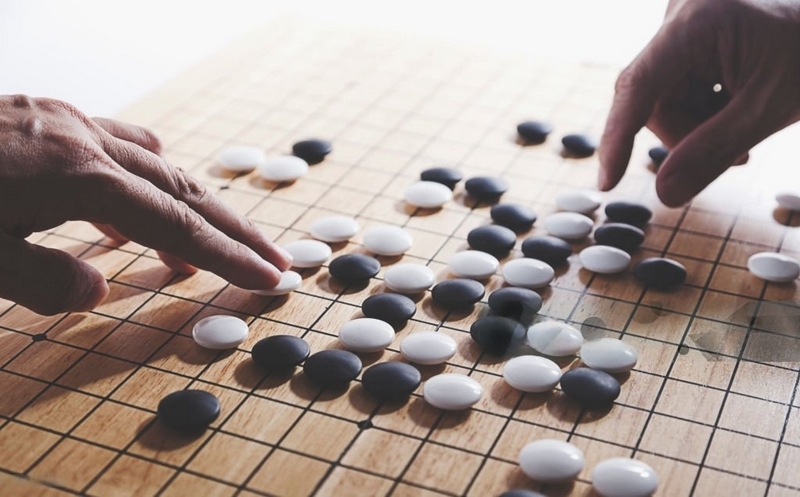
Go, also known as Baduk in Korea and Weiqi in China, is more than just a game. It is a reflection of the ancient cultures which gave rise to it over 4,000 years ago. This oldest continuously played board game in the world has simple rules which belie a deep strategic complexity. It makes for a fascinating study into the balance between territorial capture and the art of warfare by other means. With its 19×19 grid, the game presents an almost infinite realm of possibilities. The aim is to gain more territory on the board than your opponent, using black and white pieces.
The allure of Go extends across continents and centuries, deeply embedded within the cultural fabric of East Asia. In ancient China, Go was one of the essential arts of scholars, embodying the intellectual and artistic heights of the period between 200 and 600 AD. The introduction of Go to Japan in the 8th century by Kibi no Makibi marked the beginning of aristocratic patronage of this game, a tradition that has flourished throughout the ages and is now a staple of Japanese culture.
The journey of the game from a pastime for the elite to a global phenomenon saw it be embraced by millions around the world. With over 46 million people familiar with the game and over 20 million active players, mostly in East Asia, Go has continued to evolve and adapt. Despite its age, the game continues to be relevant in the digital age. It challenges AI in landmark matches, captivating the world’s imagination. And it proves that a game played on a wooden board with stones can still offer endless challenges and joy.
In essence, Go transcends being merely a game; it’s a bridge across time and cultures, a testament to the enduring human spirit of competition, strategy, and beauty.
The Royal Game of Ur: A Mesopotamian Masterpiece

The Royal Game of Ur, dating back around 2600 BC, is a remarkable ancient Mesopotamian board game with longevity and appeal in different cultures and eras. The game crosses social boundaries, as evidenced by its appearances in royal tombs and common graffiti. This suggests its widespread popularity and possible superstitious significance.
Players interpreted the outcome of the game in terms of messages from deities or signs of their future. This adds a layer of cultural significance beyond mere entertainment.
Discovered during excavations at the Royal Cemetery of Ur by Sir Leonard Woolley, these boards showcase exquisite craftsmanship, using materials ranging from simple wood to more luxurious decorations such as shells, red limestone, and lapis lazuli. This highlights the game’s prestigious status. Although the rules of the Royal Game of Ur are not fully known, they have been partially reconstructed based on a Babylonian tablet dated 177 BCE, written by Itti-Marduk-Balatu, which details the movement and strategic aspects of the game, including the use of rosettes as “lucky” spaces on the board.
The mechanics of the game involve a race-based format, where each player tries to move their pieces off the board. The gameplay is determined by the rolling of tetrahedral dice.
The strategic interplay between luck and skill, combined with the elegant simplicity of the game, has kept it appealing for millennia. Despite the decline and mystery surrounding the exact rules and gameplay of the Royal Game of Ur, its legacy endures. It offers insights into ancient Mesopotamian society and its cultural practices.
Senet: A Game for the Pharaohs

Senet, an ancient board game, traces its origins back to around 3100 BC, making it one of the oldest known games. It is deeply intertwined with Egyptian culture, religion, and society. This game was not just for entertainment; it represented the soul’s journey through the afterlife. The Egyptians had a profound connection with the metaphysical world, which is reflected in Senet. The presence of Senet in the tombs of Pharaohs highlights its significance in religious rituals and the belief in its role after death.
Played on a board with 30 squares, Senet involved two players moving their pieces across the board according to the results of throws of sticks or dice, symbolizing the unknowable nature of fate and divine intervention. Over time, Senet has evolved from a game played for pleasure to one that has been infused with religious symbolism, demonstrating its adaptability and continuing relevance in Egyptian society. This can be seen in the boards’ transition from being practical play objects to objects of religious significance as evidenced by various archaeological discoveries.
Although the rules of the game are not completely clear due to its ancient origin, they have been partially reconstructed, allowing modern players to experience this link to the past. The goal of the players is to navigate their pieces across the board, symbolizing the journey to the afterlife, and successfully exit the board in order to win. The strategic and religious aspects of the game make it a staple part of ancient Egyptian culture, enjoyed by both commoners and royalty.
Today, Senet’s legacy is a testament to its complex nature, cultural significance, and the sophisticated worldview of the ancient Egyptians. This board game blends entertainment, religion, and philosophy, captivating people for millennia.
Pachisi: India’s Ancient Board Game
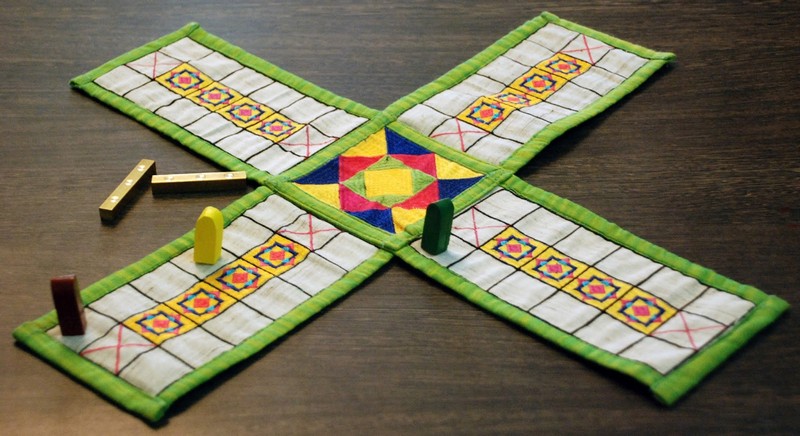
Pachisi, hailed as the national game of India, is a board game steeped in ancient history, with its roots dating back to the 4th century AD. The game’s gameplay, based on a symmetrical cross-shaped board, involves players racing to navigate their pieces around the board. The challenge lies in determining the course for each piece, which is done using the cast of a cowrie shell or dice. This game of strategy and luck requires players to outwit their opponents, with each player aiming to complete a circuit around the entire board first.
Historically, Pachisi has played a significant role in Indian culture. It is often associated with royalty and nobility from ancient India. One of the most striking accounts comes from Emperor Akbar’s court, where the game was played on a large scale. A garden or courtyard was divided into squares to create the board, and human pieces were used in the game, illustrating its importance and the regal atmosphere that surrounded it.
Pachisi is a traditional game that is usually played by two or four players, who can form teams. Each player has their own unique pieces, which are distinctly colored for easy identification. The game uses six or seven cowry shells to determine the movement of the pieces on the board. The design of the Pachisi board, which has a cruciform shape with a central start and finish square, reflects the strategic depth of the game throughout its history. This design allows players to make strategic decisions based on their surroundings and the movements of their opponents.
The game has a long and enduring legacy, as shown by its presence in various cultures and influence on modern board games like Ludo and Parcheesi. Although it has ancient origins, Pachisi is a testament to India’s rich cultural and historical heritage, offering insights into the social and leisurely lives of its people over time.
Mancala: Seeds of Strategy

Mancala is a game with ancient origins that testifies to the ingenuity and rich cultural heritage of humankind. It engages players in a strategic game of “counting and capturing” that spans continents and centuries. With its simple equipment – a board with rows of holes or pits and small objects such as seeds or stones – Mancala’s gameplay is accessible and deeply strategic. The objective of the game varies, but it generally involves capturing more pieces than your opponent, requiring moves that are calculated in order to control the board and outplay the other player.
This game’s origins can be traced back to the Neolithic period in Jordan around 5,870 BC. Evidence of its play has been found across Africa, the Middle East, parts of Asia, and Europe. Variations of Mancala, including the game that we know today, were popular in Estonia, Bosnia, Serbia, and Greece. This widespread appeal goes beyond its origins in Africa. The game even made its way to the Americas, where it was brought by enslaved African people, serving as a tool for community building and preserving cultural traditions.
The term “Mancala”, itself, derives from the Arabic language, meaning “to move”. This encapsulates the essence of the game strategy – the movement and capturing of seeds or stones on the board. Each turn is a delicate balance of decision-making as players choose which pet to “plant” from, distributing seeds in a way that maximizes the chances of capture, while considering potential counter moves.
African Mancala, also known as “Awale”, has a significant place in cultural traditions. It is often featured in social gatherings and ceremonies and symbolizes more than just a game, but a connection to the community and the heritage of the people. The rules of the game may vary depending on the region, but the basic principles of strategic advancement and capturing seeds remain constant. This makes it a timeless connection to the intellectual and social practices of numerous generations.
In mastering the game of Mancala, players engage not only in a battle of wits and strategy, but also in a historical and cultural journey spanning the globe and ages, preserving a part of human history with every move they make on the board.
Conclusion
Ancient board games are not just historical artifacts; they represent living traditions that continue to shape modern gaming culture. As we explore these ancient pastimes, we come to understand the strategic minds that created them, and we appreciate the universal human desire for challenge, strategy, and play. Whether you are a seasoned strategist or a newcomer curious about the ancient world, there is a game for you.

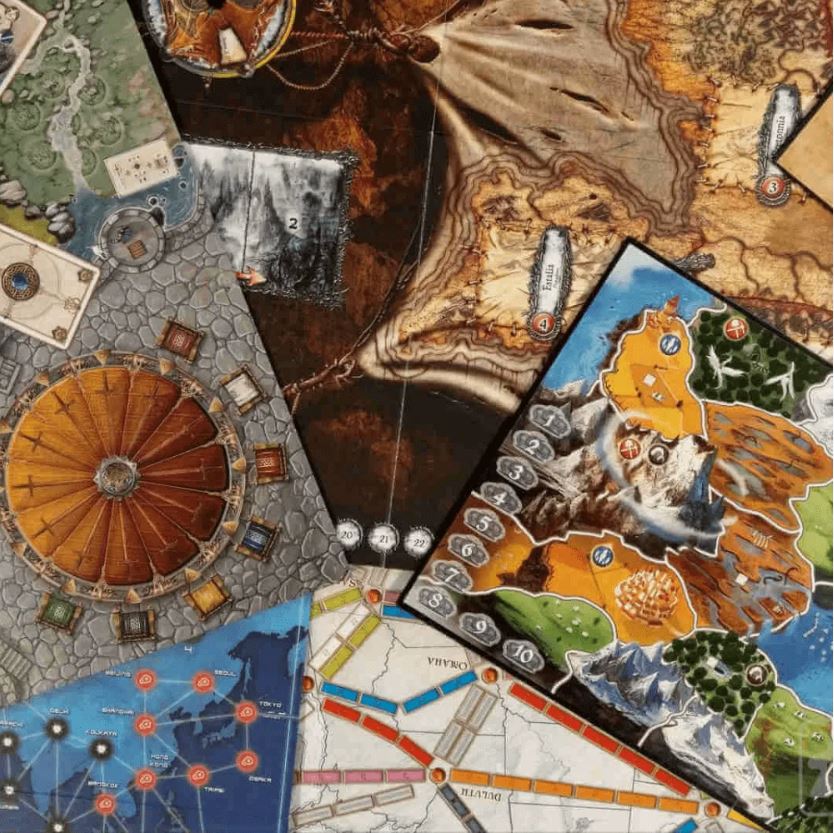

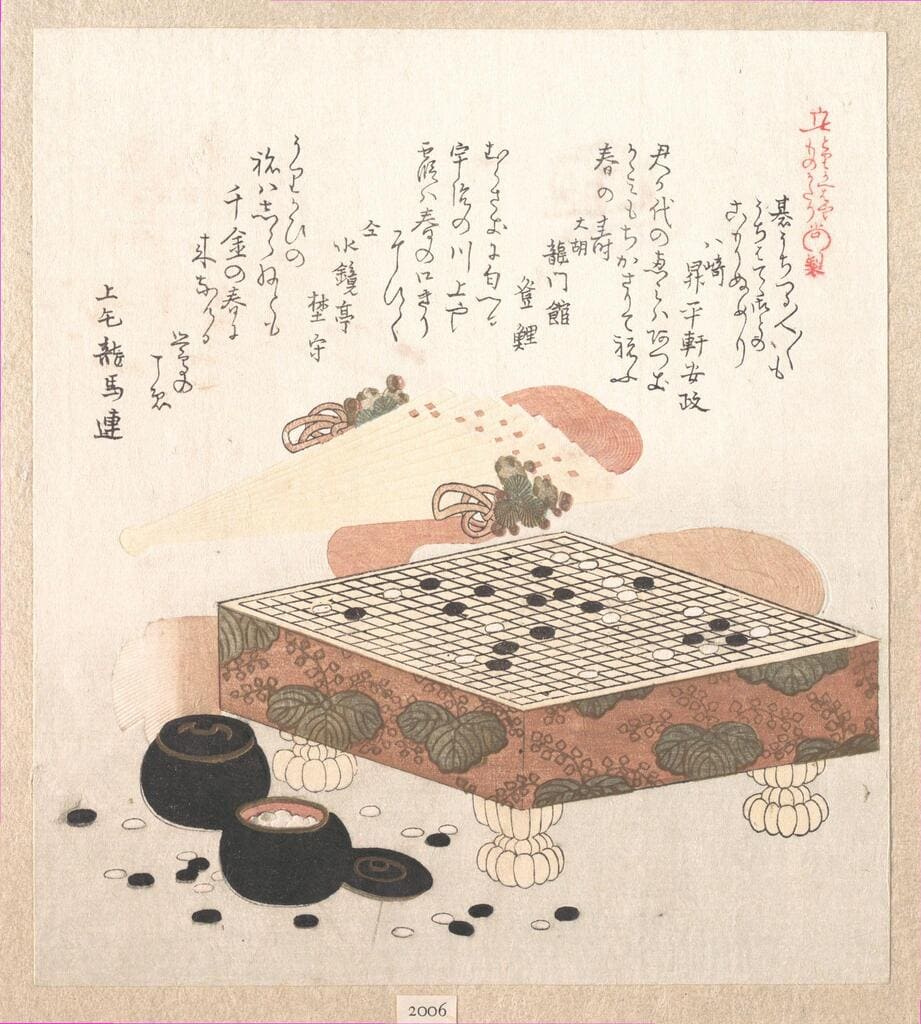
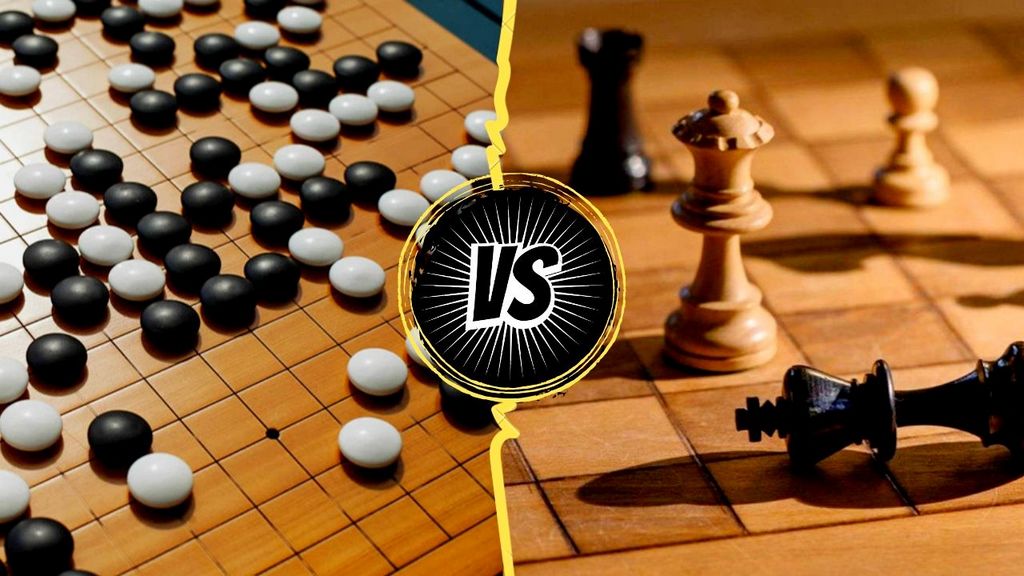
Оставить комментарий